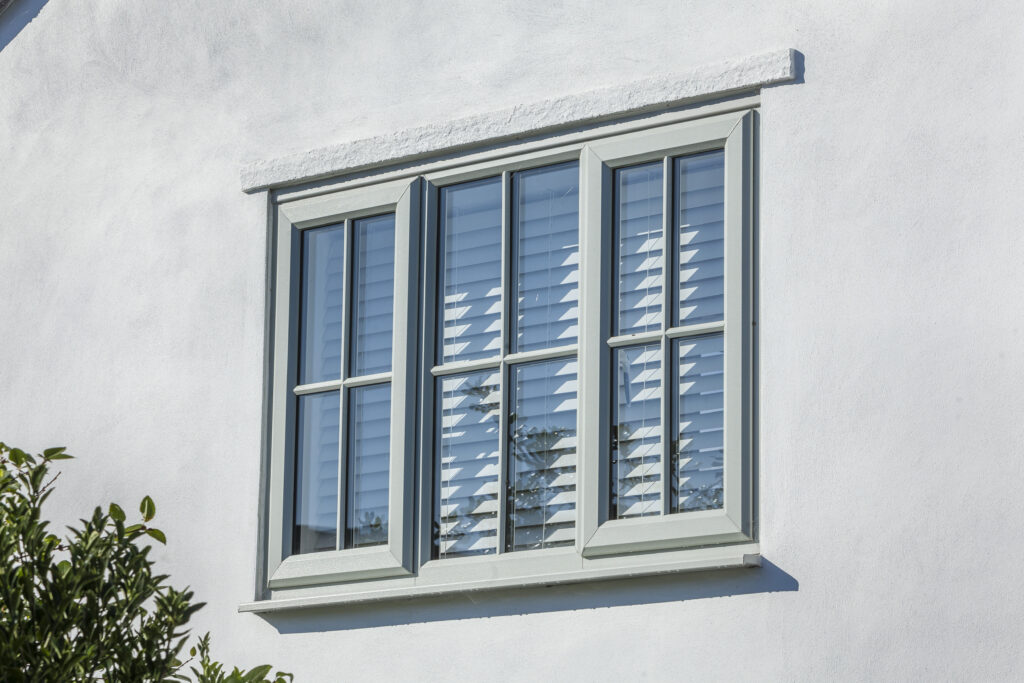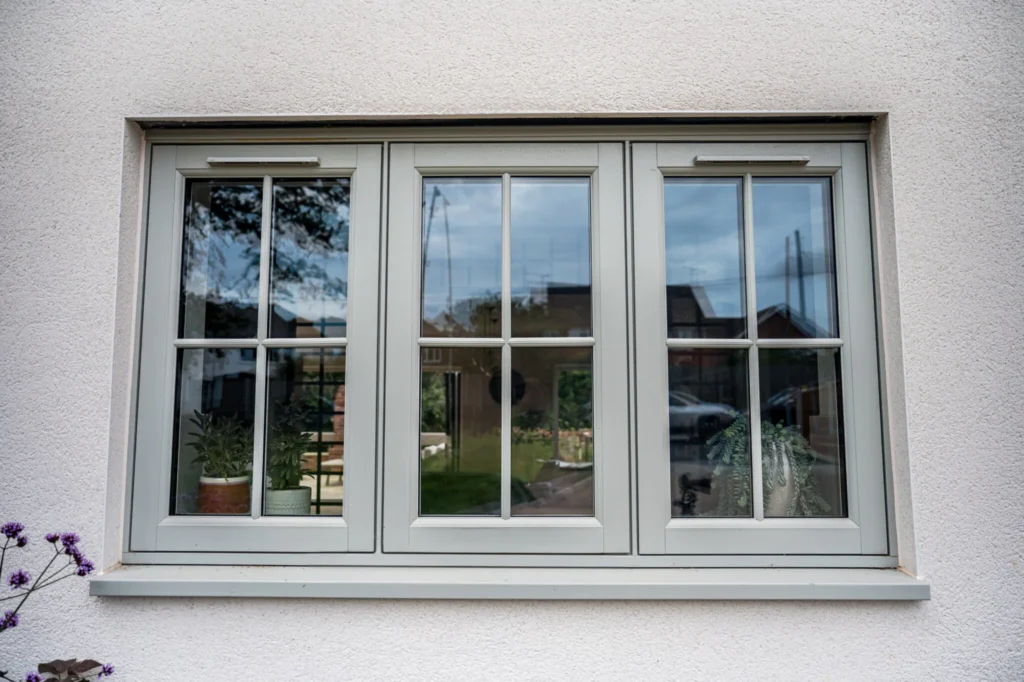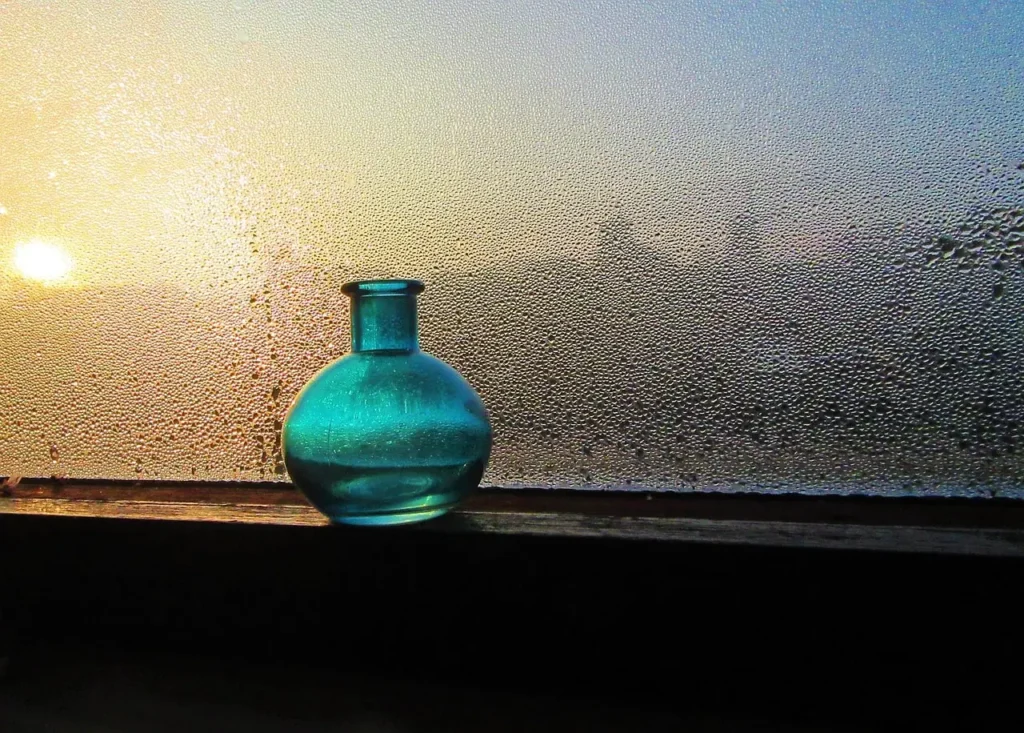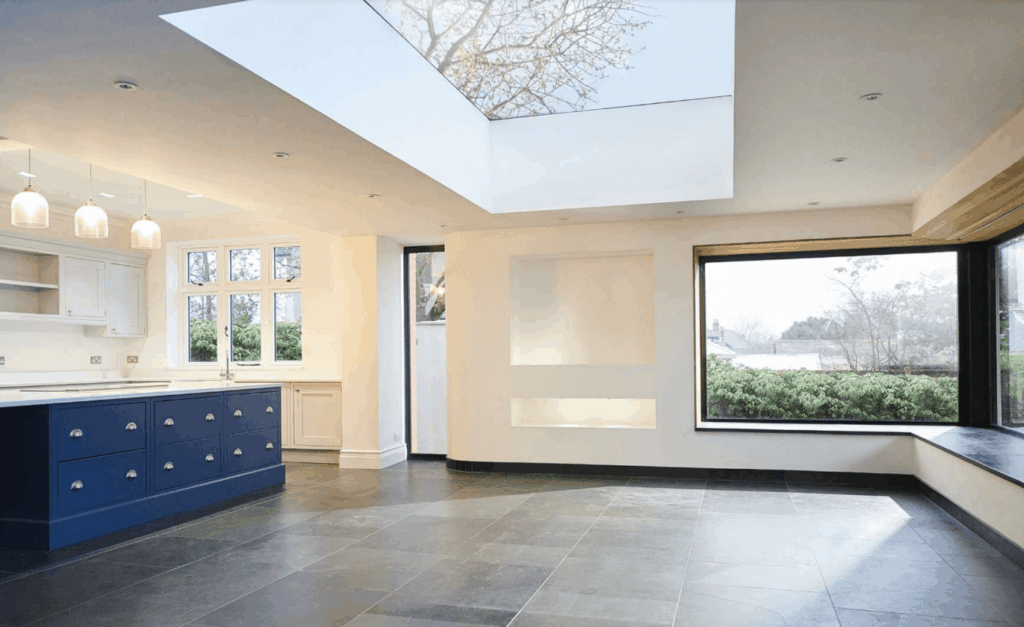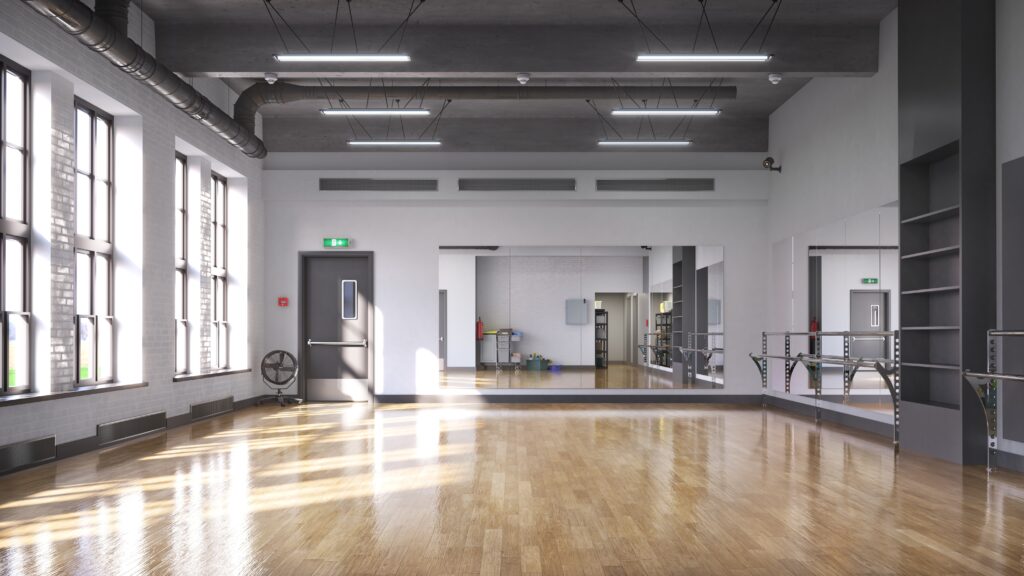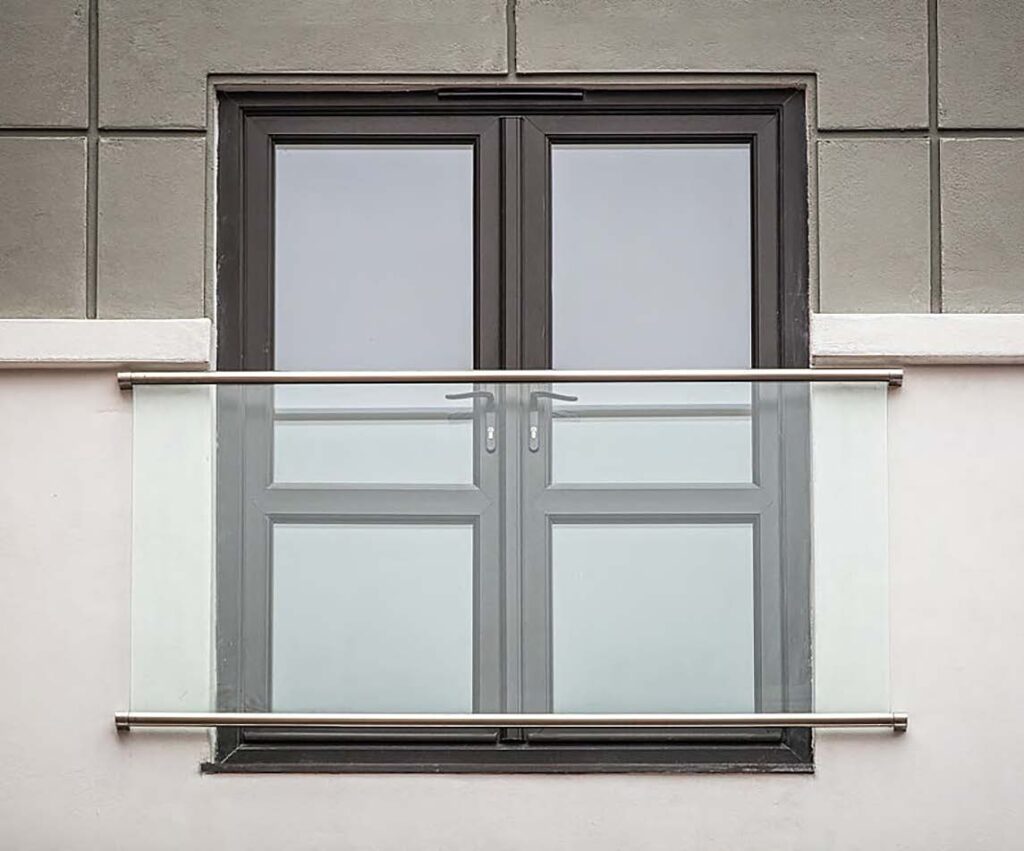Can I Replace Just the Glass Instead of the Whole Window?
Can I Replace Just the Glass Instead of the Whole Window? When homeowners discover condensation inside their double glazing, a crack in the pane, or misting that won’t clear, the first question that usually comes to mind is: “Do I have to replace the entire window, or can I just replace the glass?” The idea of swapping out only the affected unit sounds appealing – quicker, cheaper, and far less disruptive. And the good news is that, in most cases, yes, you can replace just the glass instead of the whole frame. But as simple as that sounds, there are important things to understand before making that decision. This blog breaks down when glass-only replacement is possible, what you need to consider, and why accurate measuring and correct fitting make all the difference. Can You Replace Just the Glass Pane? Most modern windows, whether uPVC, aluminium, or timber, are designed so the sealed glass unit can be removed and replaced without disturbing the frame. This is because the glass is manufactured as a separate piece, called an IGU (Insulated Glass Unit) or double-glazed unit, which sits inside the window frame and is held in place with beads, gaskets, packers, and sealant. So if the frame is still in good condition, you usually don’t need to replace the entire window. Replacing just the glass is often the more cost-effective, faster, and practical solution. However, this is only true when the damage or problem is specifically with the glass itself, not the frame, hinges, locking systems, or the structural integrity of the window. Situations Where You Can Replace Only the Window Glass There are several common instances where glass-only replacement works perfectly: 1. Misted or Failed Double Glazing When condensation appears between the panes, the seal on the glass unit has failed. This allows moisture to enter, making the window cloudy. The frame is usually unaffected, so replacing the glass unit solves the problem. 2. Cracked or Broken Glass Whether caused by impact, temperature stress, or accidental damage, replacing the glass unit will restore clarity and safety without replacing the frame. 3. Upgrading to More Energy-Efficient Glass If your existing double glazing is still structurally sound but underperforming, you can upgrade the glass to a higher-rated unit, such as: 4. Scratched or Deteriorated Glass Surface damage from cleaning, pets, or years of wear can be resolved without replacing the full system. In all of these cases, glass replacement is a straightforward solution, as long as the correct measurements are taken and the unit is installed properly. Why Correct Measuring Matters More Than Anything Else Replacing only the glass sounds simple, but accuracy is absolutely essential. A sealed unit must fit perfectly within the frame, even a few millimetres off can cause major issues, including drafts, leaks, or improper sealing. Here’s what needs to be measured correctly: 1. The Glass Unit Size This includes: The new unit must match the existing aperture exactly. 2. Spacer Bar Thickness This affects energy performance and the overall depth of the unit. Selecting the wrong spacer can result in a unit that doesn’t fit properly. 3. Glass Specification Some windows require: Installing the wrong type can violate safety regulations or reduce performance. 4. Packing and Beading Allowances The installer must ensure the glass is packed correctly to prevent: This is nearly impossible without precise measurements and experience. Simply put: the glass may be replaceable, but incorrect measuring can lead to a badly fitted window that performs worse than before. That’s why many homeowners choose a professional installer. Why Proper Fitting Is Just as Important Once the unit is manufactured correctly, fitting it must be done with precision. Even a perfectly made unit can fail if it isn’t installed properly. A professional installer will ensure: 1. Correct Deglazing Removing the old glass without damaging the frame, beads, or gaskets requires specific tools and technique. 2. Proper Packing The glass must sit square within the frame. Incorrect packing is a leading cause of: 3. Perfect Seal A correct seal protects against: 4. Compliance With Building Regulations Some windows require certain safety glass types by law. A trained installer ensures this is followed. When fitted properly, a replacement glass unit should perform as well as, or even better than the original. When You Should Replace the Entire Window Instead While replacing only the glass is possible in most situations, there are times when a full window replacement is the better investment. You may need a whole new frame if: If the frame is the issue, replacing the glass won’t solve the underlying problem. Benefits of Replacing Just the Glass Choosing glass-only replacement has several advantages: It’s a smart option when the frame is still in great shape but the glass unit is failing. So, Can You Replace Just the Glass Instead of the Whole Window? In most cases, yes – you can replace just the glass without replacing the entire window, and it’s often the most cost-effective approach. However, the success of glass-only replacement depends heavily on: If any of these steps are wrong, the replacement unit may underperform or fail prematurely. A simple assessment of your window can help determine whether glass replacement or a full window upgrade is the right choice. If the frame is solid and the issue is purely with the glass, replacing the sealed unit is almost always the smarter option. If you need help identifying which option is best, a professional installer can examine your window and guide you through the process – ensuring your home stays warm, clear, and energy-efficient. At UKO Glass, we supply high-quality glass units, from double glazing to fire rated glass, made to your exact measurements. Whether you’re replacing failed glazing, upgrading your insulation, or refreshing your home, we’re here to manufacture the perfect unit for your project. Get in touch today on 01422 861116 for more information.
Can I Replace Just the Glass Instead of the Whole Window? Read More »

